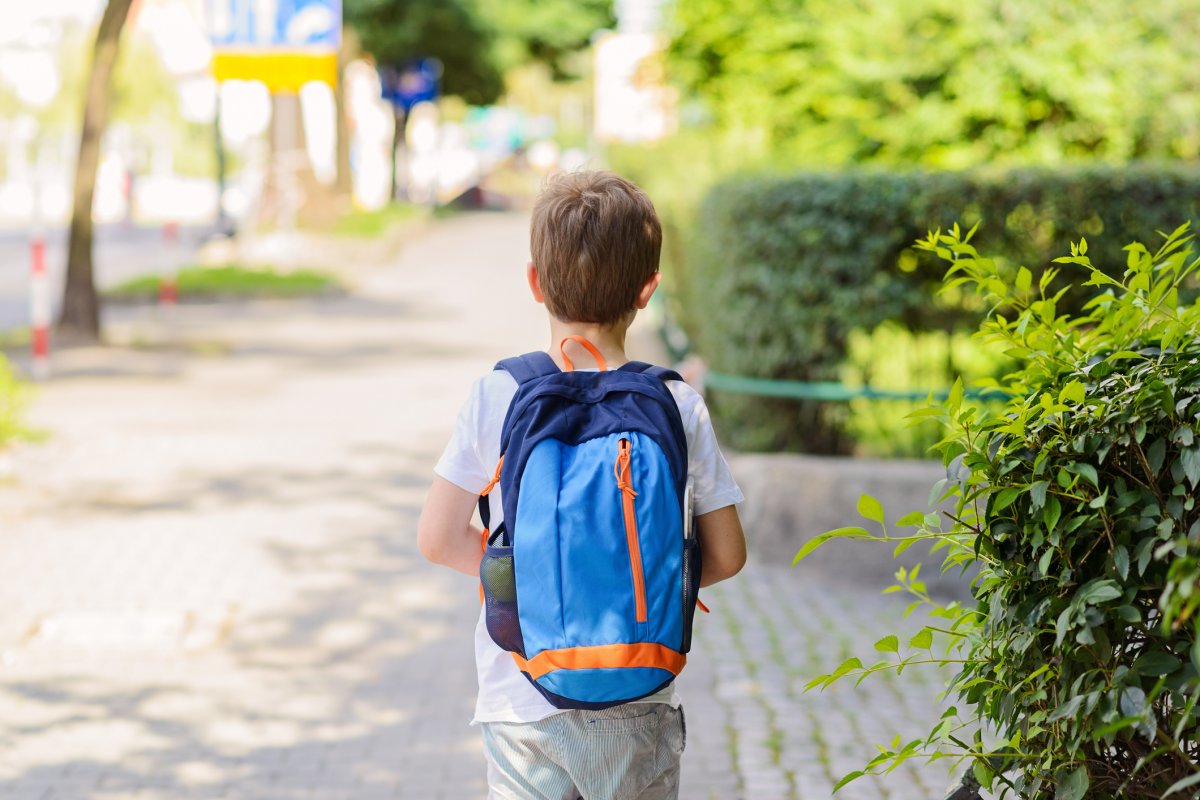“Stranger danger” has been a popular lesson parents have ingrained in their children for decades.

In this lesson, children are taught to never approach people they don’t know, speak to people they don’t know, or accept any gifts from strangers in an effort to keep their children safe from outside predators with sinister intentions.
READ MORE: How to successfully defuse your child’s public meltdowns
A 2017 U.S. survey done by home security firm A Secure Life on the biggest fears of parents revealed that 25 per cent of parents still fear someone will hurt or attack their child, while 14 per cent fear their kids will be kidnapped or abducted.
“We’re constantly told through the media how everything is scary and people are horrible,” parenting expert Julie Freedman-Smith of Parenting Power says. “But if a bad thing happens and the media chooses to report on it, it’s because something like that doesn’t happen very often. Yet, because we see the news at every quarter hour, we’re thinking these things are happening a lot more often than they are.”
In fact, of the 41,342 reports of missing children in Canada in 2014, only 29 were related to a stranger abduction while 122 were for a parental abduction, the RCMP reports.
So could this black-and-white approach to children’s safety be outdated, and even more harmful than not? Some parenting experts argue that it is.
By painting all strangers as dangerous, Freedman-Smith says, parents may be inadvertently teaching their children not to seek out help from someone should they need it and no one they know is around.
Instead, parents need to teach their children the difference between a trusted stranger they can go to in case they need help, and a potentially dangerous stranger they should avoid.
READ MORE: Mom makes 5-year-old daughter pay rent as a lesson about money
- Canada’s income gap is growing. Will Budget 2024 help affordability?
- Gas prices in Ontario, Quebec to jump to highest level in 2 years: analyst
- Shoppers faces proposed class action over claims company is ‘abusive’ to pharmacists
- What’s going on with the Cybertruck? Tesla seems to have halted deliveries
This can be done by explaining to children that should they be in trouble, they should seek out someone in uniform. This could be a police officer or a store employee, for example.
Also remind children that an adult would never seek the help of a child. So should an adult come up to them and ask them to help them look for something like a lost pet, they need to run to an adult they know or someone they were told they could trust.
As well, parents should think about running practice drills when out with their child. Point to people and ask them if they believe they should go to them in case of an emergency, and then explain to them why they were right or wrong in their choice. Apply this practice in different scenarios, like waking to school, going shopping and playing at the park, for example.
However, teaching kids about handling strangers shouldn’t be confined to the outside world. Think about talking to your kids about online safety as well when it comes to strangers, Freedman-Smith adds.
Parents should be monitoring their child’s online activity first of all, she says, and ground rules for computer time should be applied.
For example, parents of children who are of an appropriate age to have computer time should tell their kids they are not allowed to talk to strangers over the internet. Any decisions involving an arranged meeting should be a family decision, and nothing should be kept a secret. Also discuss with them the importance of not sharing personal videos or photos online.







Comments